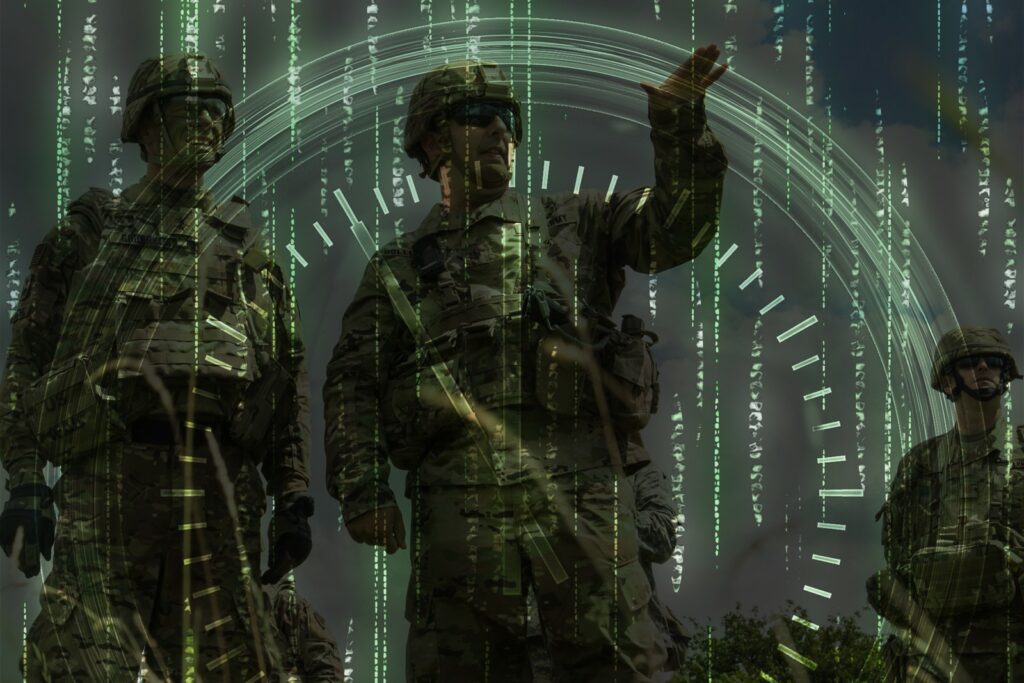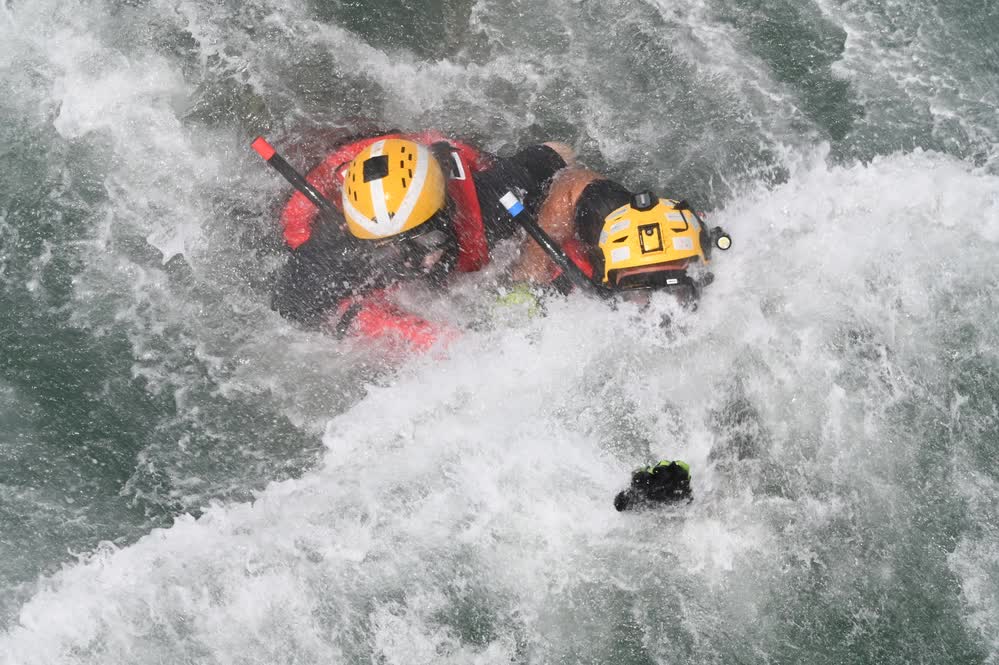Warfighters will experience a less predictable battlefield in the future, compared to past experience. Therefore, warfighters need to be more comfortable with uncertainty. They need to be more understanding of the strategy underpinning the guidance that they’re given, the director of science and technology for Special Operations Forces said.
Lisa Sanders, provided remarks at Defense One Tech Summit today. She was joined by Tim Grayson, the director of the Defense Advanced Research Projects Agency’s Strategic Technology Office.
“The unknown is an opportunity, not just a risk,” she said, noting that there’s a mindset that wants risk removed.
With some coaching, Sanders said warfighters can be trained to become disruptive and innovative thinkers who thrive in chaotic environments.

RELATED: SUPPORTING THE FUTURE FIGHT: MCSC MODERNIZING INFANTRY
Grayson said DARPA is studying the challenges of warfighters dealing with battlefield unpredictability and also creating unpredictability for the adversary.
There are basically two types of warriors, he said, the high-level commanders who focus on strategy and the young soldiers who do the fighting with different skill levels, training and experience.
A key aspect of training the junior soldiers is to give them what they need to do their jobs without overwhelming them with complexity, he said.
Grayson said he has a lot of hope for the younger generation, which seems to be technologically savvy, having grown up in the digital age. They may be more comfortable operating technically complex systems of the future like the Joint All-Domain Command and Control system.
“One of the challenges that we’re going to see in the military is how do we bring up someone who can perform with the discipline needed to be in the military, while at the same time, not losing that sort of independent thinking that’s so common today in America’s youth,” he said.

RELATED: DOD OFFICIAL SAYS HYPERSONICS VITAL TO FUTURE DEFENSE STRATEGY
Grayson also spoke of the legacy mindset that needs to be changed on the future battlespace. He used the example of stealth aircraft back in the 1970s, where it was difficult to convince the Air Force of the value of stealth as a different way of fighting wars. Legacy thinking could also affect the implementation of JADC2 in the future.
Sanders said she’s encouraged by leaders today who focus on experimentation, ask hard questions and don’t accept the status quo at face value.
“One of the traps that we can get into as an enterprise department-wide is, well, we’ve defined the problem, we’ve defined the processes, and this is how we’re going to get to the solution. But what if the problem isn’t the right problem? What if we haven’t defined what success looks like? That’s where I think experimentation can help us avoid falling into that trap,” she said.
Taking a certain amount of risk needs to be incentivized, whether or not the soldier succeeds or fails, she said. If failure results, then one needs to ask what they’ve learned from that and what might they do differently next time.
Read more from Sandboxx News:
- ‘THE SHOW’: WHAT WAR TAUGHT ME ABOUT PREPARING FOR THE FUTURE
- WHY 5TH GENERATION ‘MINUS’ FIGHTERS ARE THE FUTURE
- SPECIAL OPERATIONS FORCES MUST LOOK AND FIGHT DIFFERENTLY FOR FUTURE CONFLICTS
- NAVY SEALS AIM TO INCORPORATE AI INTO FUTURE OPS
- ‘THESE GUYS ARE NASTY’ — INSIDE THE NEW INFANTRY MARINE COURSE
Article by David Vergun, DoD News
Feature image: U.S. Army




